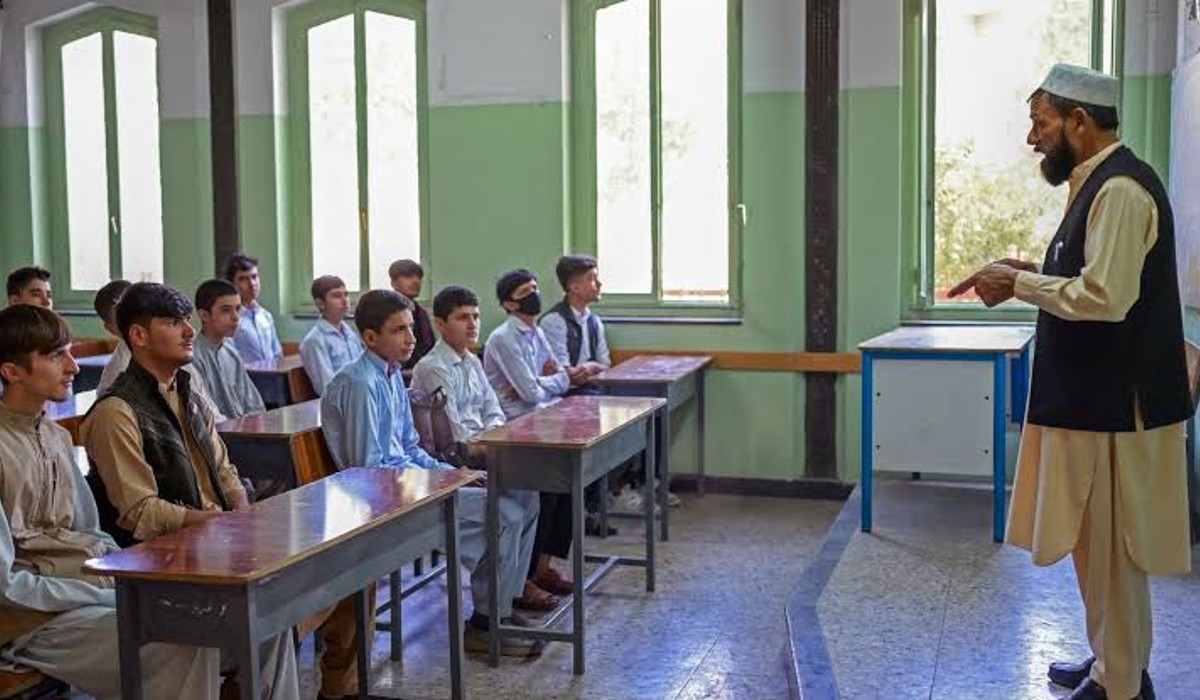KABUL, Afghanistan — The Taliban-led Ministry of Education has slashed at least 90,000 positions from its organizational structure for the new fiscal year, reducing the number of sanctioned posts from 389,200 to 299,684, according to an official document reviewed by Amu.
The internal directive, developed as part of a broader restructuring plan and endorsed by the Taliban’s supreme leader, Hibatullah Akhundzada, outlines sweeping changes aimed at reducing costs, realigning staffing with what it calls “actual operational capacity,” and prioritizing essential programs.
The document states that the majority of the eliminated posts were either vacant or deemed redundant. Of the 82,045 positions listed as empty, 75,799 have been marked for removal. Many of these were based in areas the ministry described as having “limited educational impact.”
According to the ministry, in provinces like Kandahar, Paktika, and Herat—where qualified teachers are in short supply—contract-based instructors are filling roles normally reserved for formally appointed staff. These instructors have been temporarily excluded from the cuts.
A special oversight committee has recommended that 18,468 currently occupied posts remain intact for the time being. These include civil servants close to retirement or those with full employment status. Their roles may be phased out in later years.
The Taliban’s education ministry said a lack of accurate data on students in Islamic education programs has hindered the equitable distribution of resources. It pledged to provide updated enrollment figures by the end of the first quarter of the current Afghan calendar year to guide further structural adjustments.
The document also lists a series of concerns arising from the decision, including the uncertain employment future of more than 35,000 workers, the risk of public backlash, and possible criticism from international partners. The ministry has proposed a plan to continue salary payments for three to six months following the layoffs, though that plan has not yet received final approval.
The move underscores the growing strain on Afghanistan’s public sector under Taliban rule, as the regime faces mounting economic constraints, international sanctions, and ongoing humanitarian needs.
The education sector in particular has come under scrutiny for widespread restrictions on girls’ schooling and the replacement of experienced staff with religiously aligned, less-qualified personnel.





